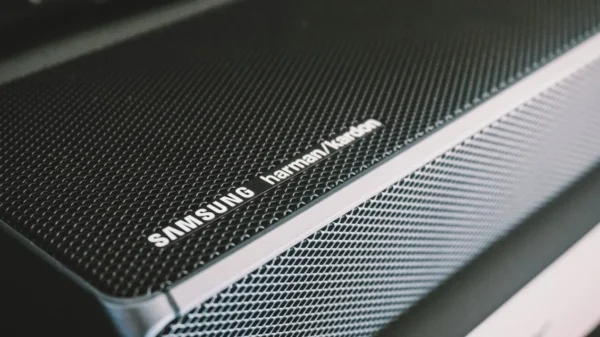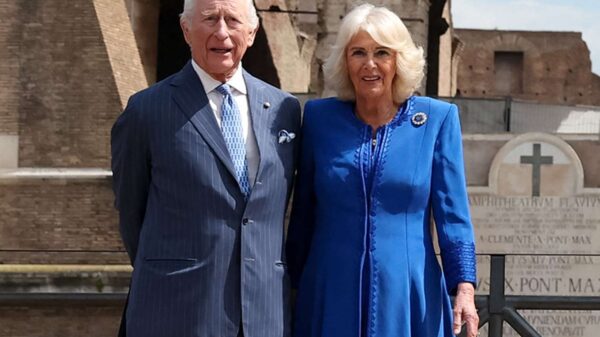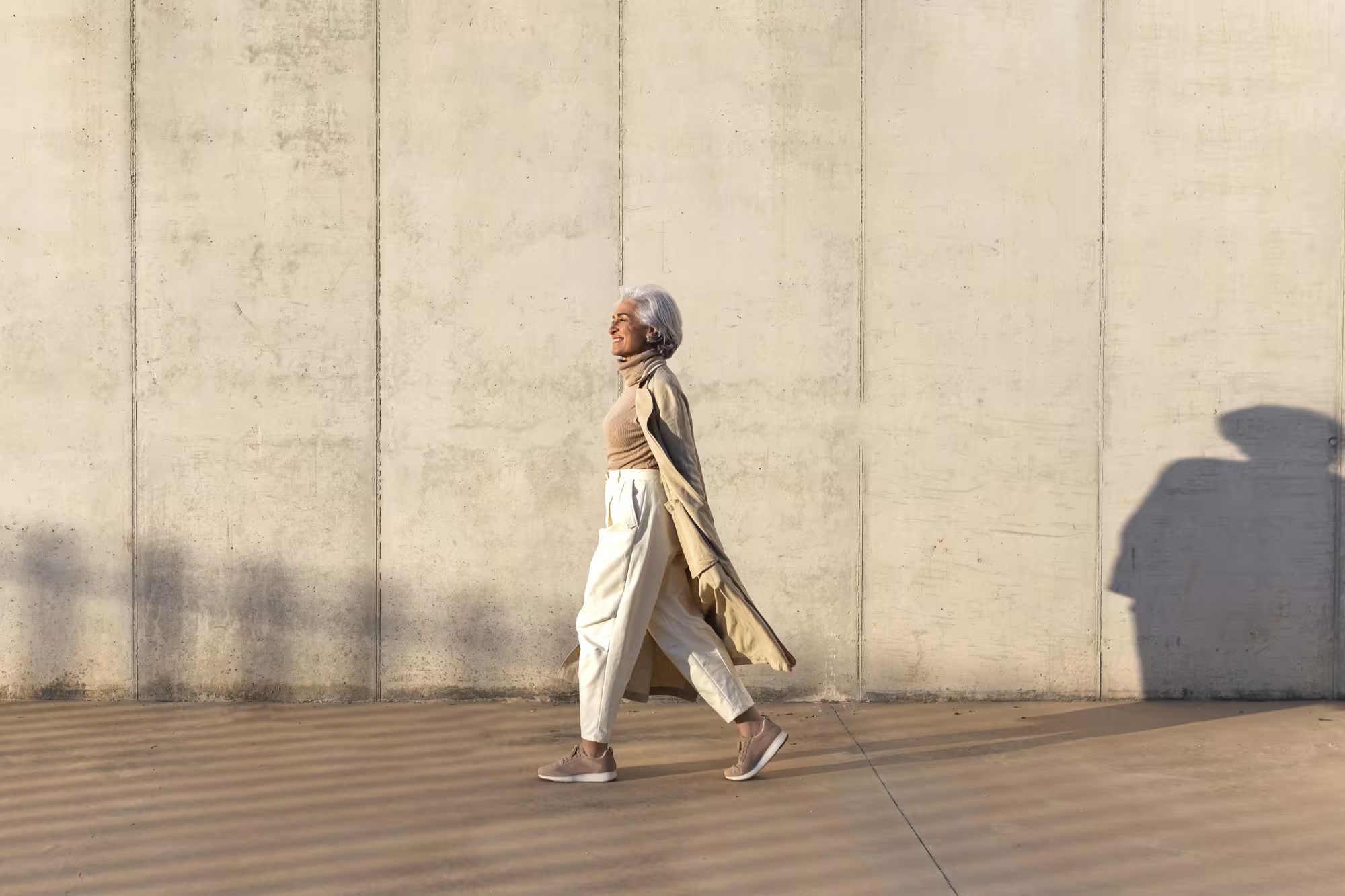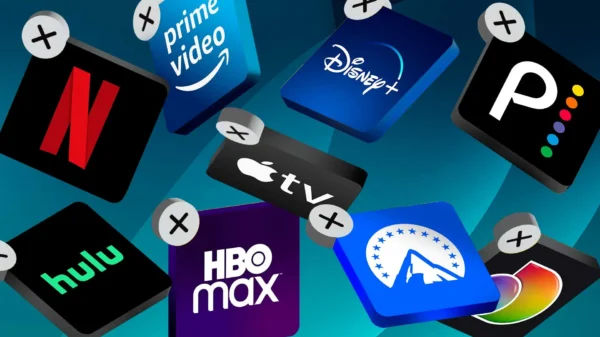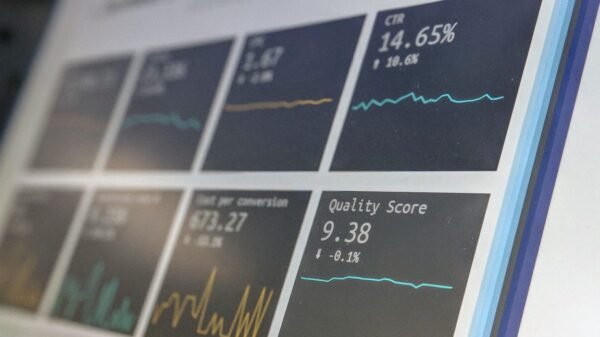Silent Walking and Digital Detoxing Emerge as Lifestyle Essentials in 2025
In a world where digital noise is ever-present, a quiet revolution is taking shape. Silent walking and digital detoxing are gaining popularity among individuals seeking calm, clarity, and connection in their daily lives. What may seem like a simple walk without headphones or screens is becoming a powerful wellness ritual that reflects a deeper shift in lifestyle priorities.
The Concept of Silent Walking Gains Traction
Silent walking involves taking intentional walks without any digital devices or external stimuli, such as music, podcasts, or phone calls. Instead of multitasking or zoning out, individuals are encouraged to tune into their surroundings—observing nature, listening to ambient sounds, and connecting with their breath. The simplicity of the practice is part of its growing appeal.
A Response to Digital Overload
The rise of silent walking is directly linked to growing digital fatigue. With people spending an average of 6–8 hours a day on screens—whether for work, communication, or entertainment—the desire to unplug is stronger than ever. Silent walks offer a break from notifications, scrolling, and content consumption, helping restore balance in an overstimulated world.
Mental Clarity Through Mindful Movement
More than just exercise, silent walking is a form of moving meditation. Participants often report improved focus, reduced anxiety, and a clearer mind after even a short walk. Without earbuds or distractions, individuals are able to think more freely, solve problems, and tap into their creativity—a benefit especially appreciated by professionals and students.
Digital Detoxing Becomes a Broader Lifestyle Goal
Silent walking is one component of a wider digital detox movement. Many people are now setting screen-time limits, avoiding phone use in the morning or before bed, and reclaiming analog habits like journaling, reading, or crafting. The goal isn’t necessarily to reject technology, but to use it more consciously and intentionally.
Gen Z and Millennials Lead the Movement
Interestingly, younger generations—particularly Gen Z and millennials—are driving this trend. Despite being digital natives, they are increasingly aware of the toll constant connectivity takes on mental health. Silent walking and digital detox practices have become a form of rebellion against hyper-connectivity, offering moments of real-world presence in contrast to virtual engagement.
Influencers and Wellness Creators Spread the Message
Silent walking first gained mainstream attention on platforms like TikTok and Instagram, where wellness influencers and mental health advocates began sharing the benefits of unplugged walks. Ironically, social media is now being used to encourage time away from screens. Hashtags like #silentwalking and #digitaldetox have garnered millions of views, signaling widespread curiosity and adoption.
Nature as the Ideal Setting for Reconnection
Many silent walkers choose natural environments—parks, forests, or coastal paths—to deepen the benefits of the practice. Immersing in nature helps ground the senses, reduce cortisol levels, and foster a greater appreciation for the world beyond screens. Forest bathing, a Japanese-inspired practice, often complements silent walking routines.
Urban Adaptations Reflect Accessibility
While nature is ideal, silent walking can be practiced anywhere, including urban sidewalks or quiet neighborhoods. Some city dwellers incorporate the practice into their commute or lunch break, transforming routine movements into mindful experiences. This adaptability makes it an inclusive and accessible form of self-care for people with varying schedules.
Physical and Emotional Benefits Align
Silent walking provides holistic benefits—supporting not just mental clarity, but also physical well-being. Regular walking improves cardiovascular health, boosts mood through endorphin release, and reduces stress. When done without digital interference, the walk becomes a restorative activity that aligns body, mind, and emotion.
Workplaces and Wellness Retreats Integrate the Practice
Forward-thinking workplaces and wellness retreats are incorporating silent walking into their programming. Tech companies are hosting device-free outdoor sessions, while retreats are promoting guided silent walks to help participants reset. These environments reinforce the idea that productivity and performance benefit from intentional unplugging.
Cultural Reflections on Slowing Down
The popularity of silent walking and digital detoxing also reflects a cultural longing for slowness and intentionality. In a world obsessed with speed, content, and efficiency, these practices encourage people to slow down, observe, and simply “be.” This shift represents a broader movement toward mindfulness and present-moment awareness.
Minimalist Living and Mental Clarity Go Hand in Hand
Minimalism and mental clarity often go together, and silent walking embodies both principles. There’s no need for expensive gear, memberships, or apps—just a pair of shoes and the willingness to disconnect. This low-barrier approach to wellness makes it appealing to those who seek simplicity in self-care.
Challenges and Resistance to Unplugging
Despite its benefits, some individuals find silent walking surprisingly difficult at first. The urge to reach for a phone, the discomfort of inner thoughts, or the initial boredom can be barriers. However, many find that these challenges are part of the process, leading to a deeper level of self-awareness and mental resilience over time.
Conclusion: A Quiet Path to Inner Balance
In 2025, silent walking and digital detoxing are more than fleeting trends—they are intentional acts of modern mindfulness. As people navigate an increasingly digital world, the need to reconnect with the real—whether it’s the rhythm of footsteps or the sound of birds—becomes essential. Through these quiet practices, individuals are finding space to breathe, think, and simply be.






